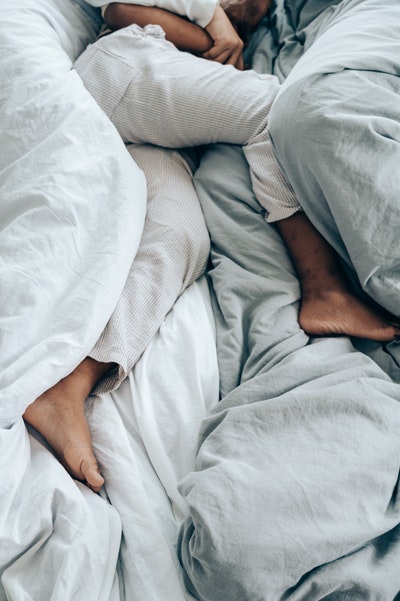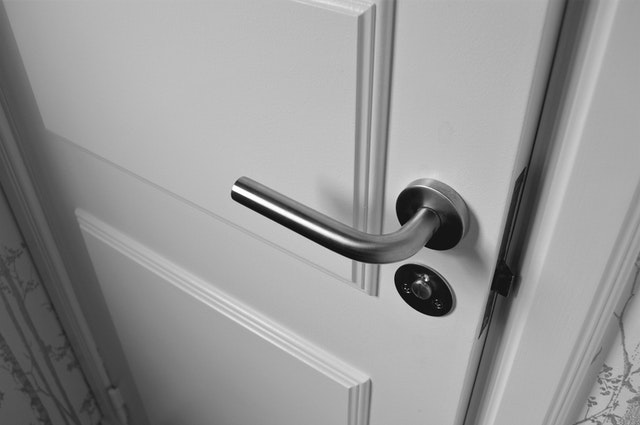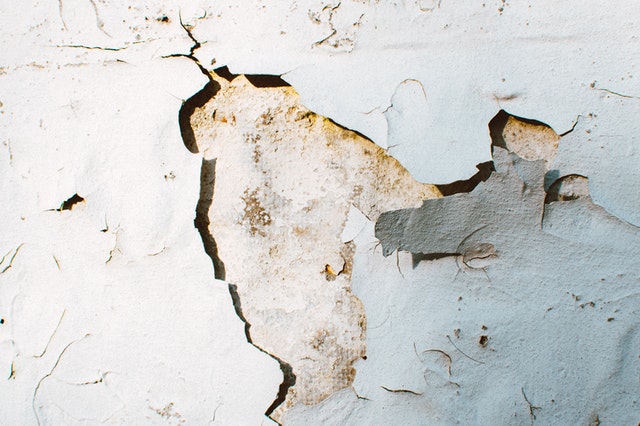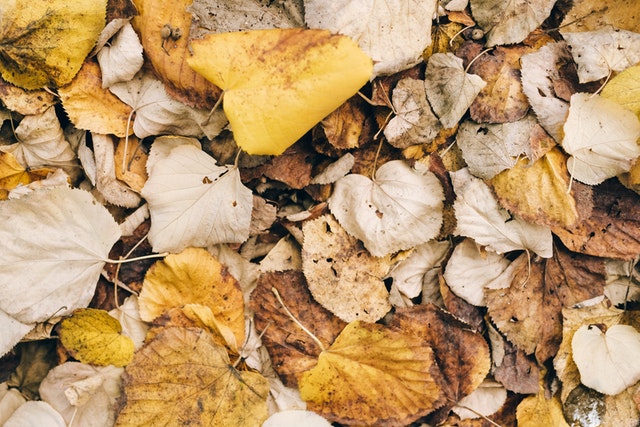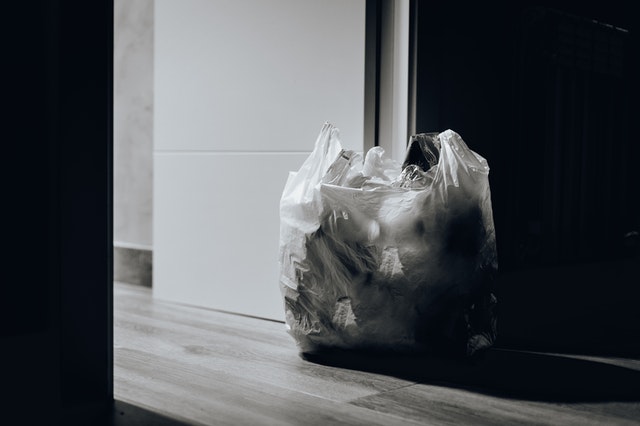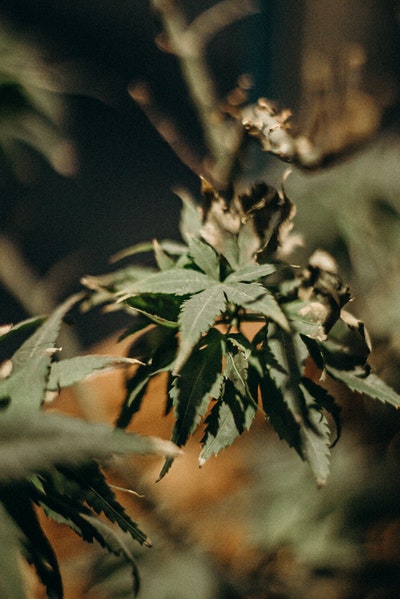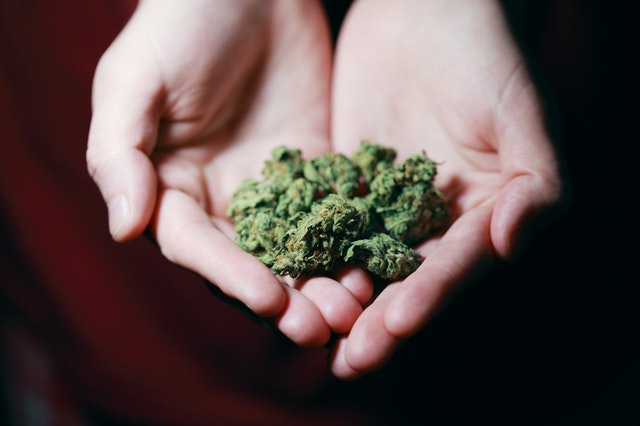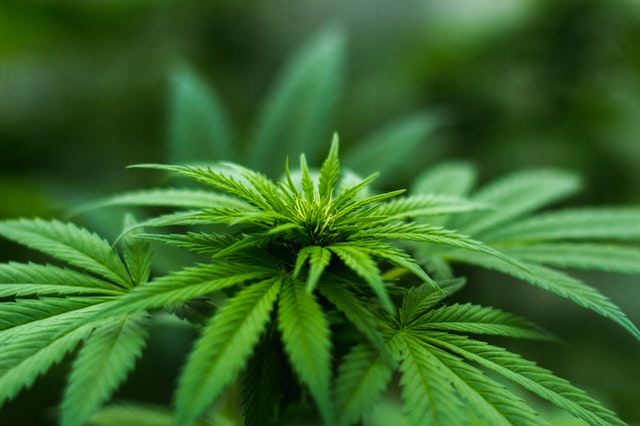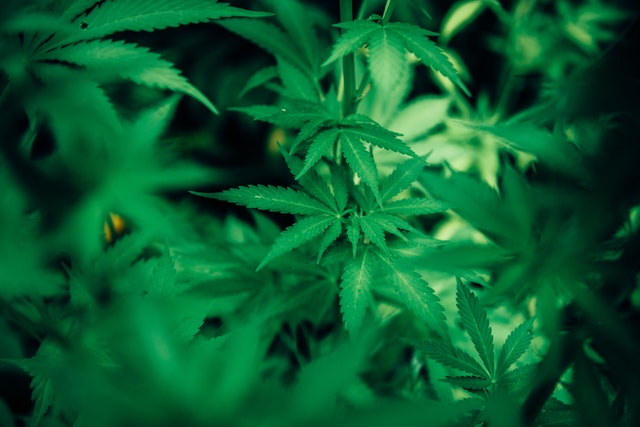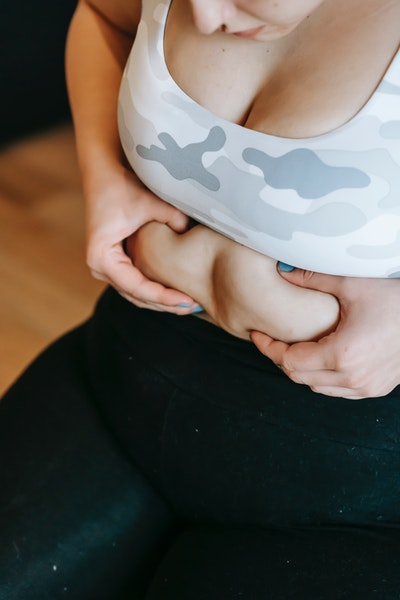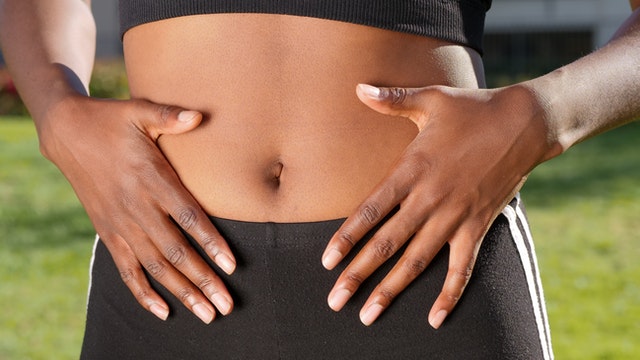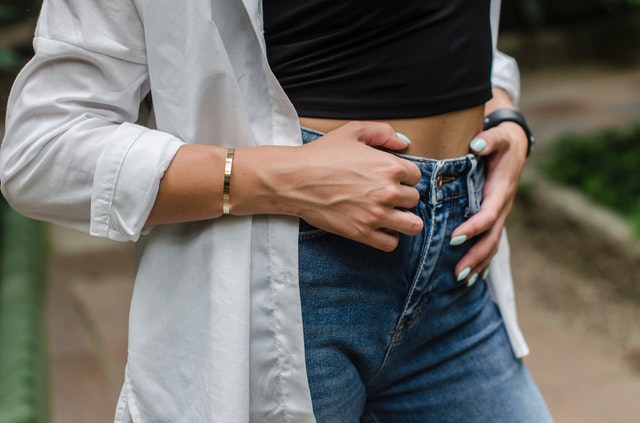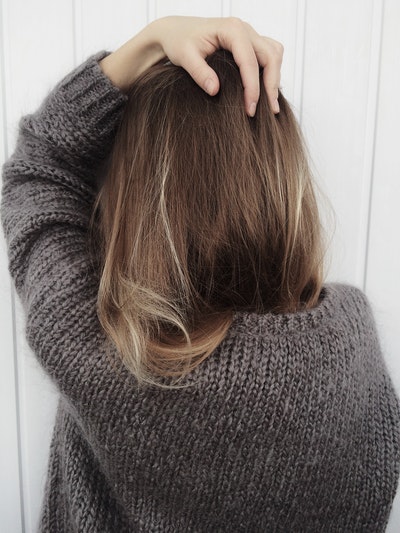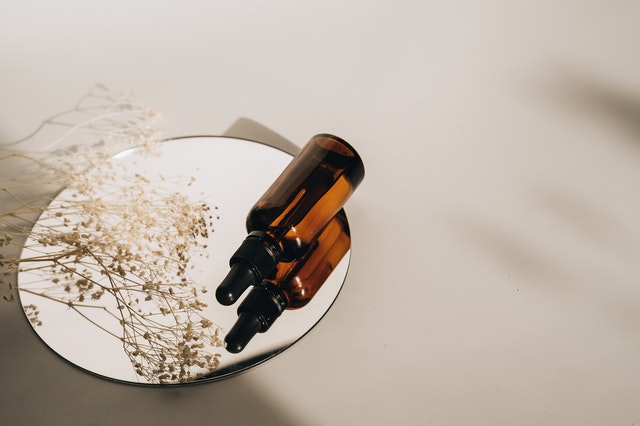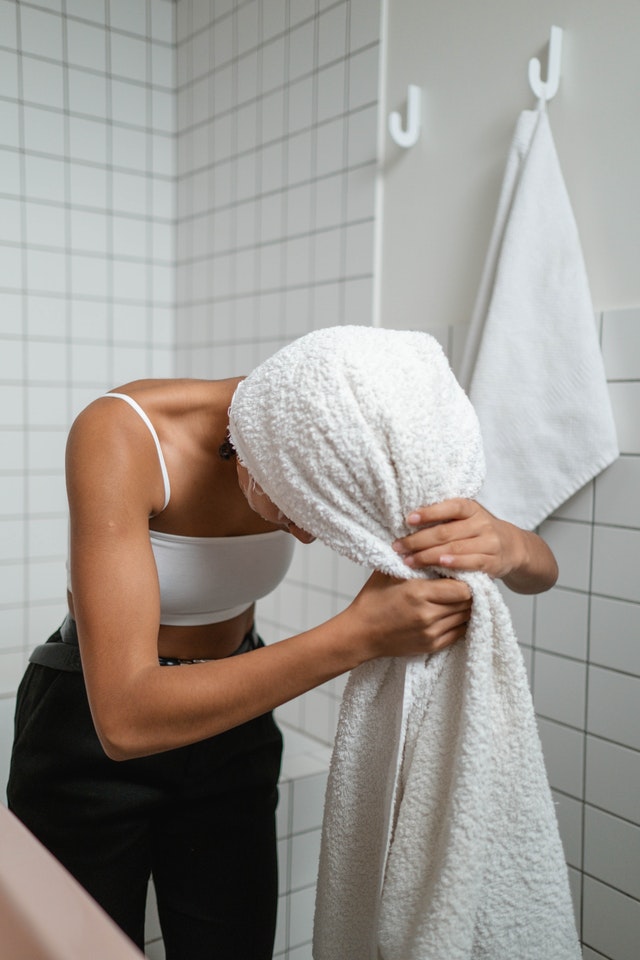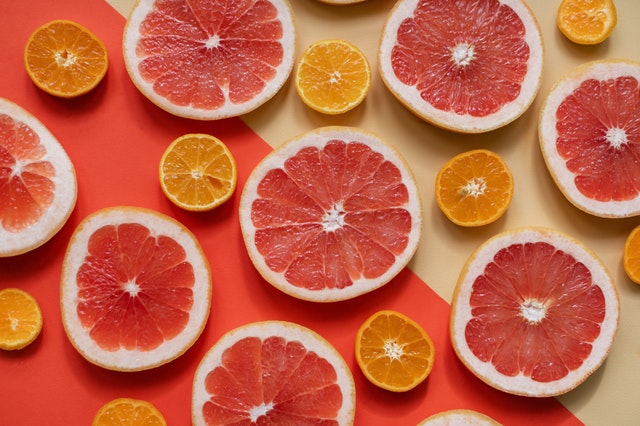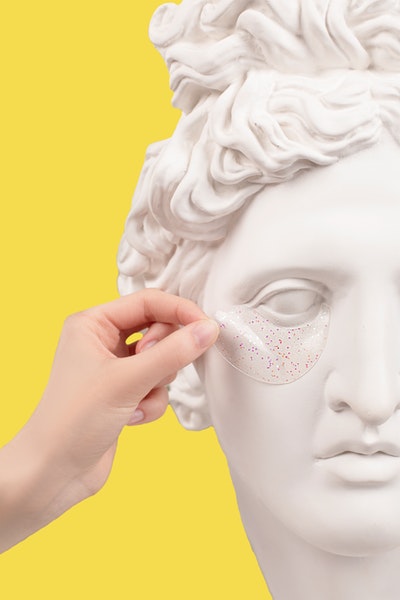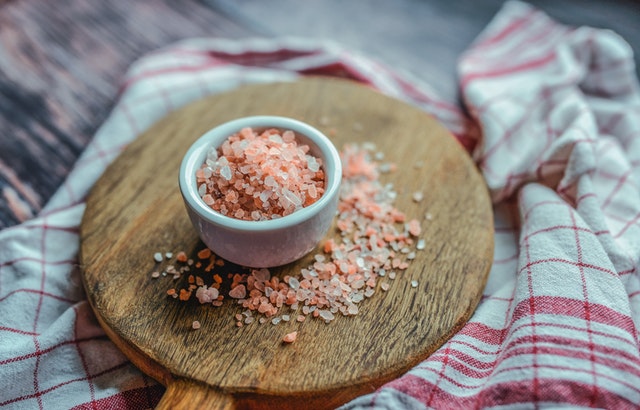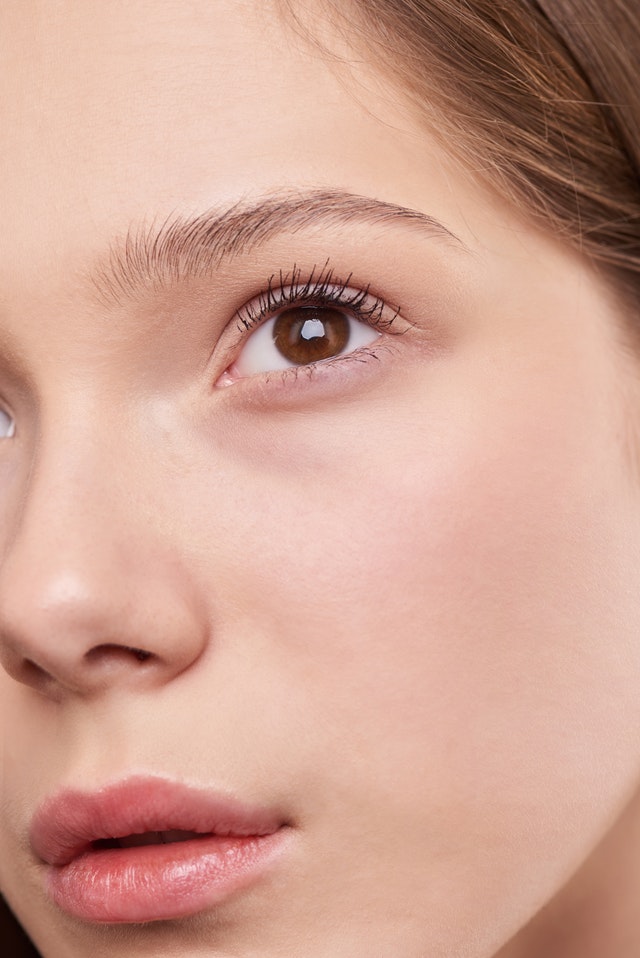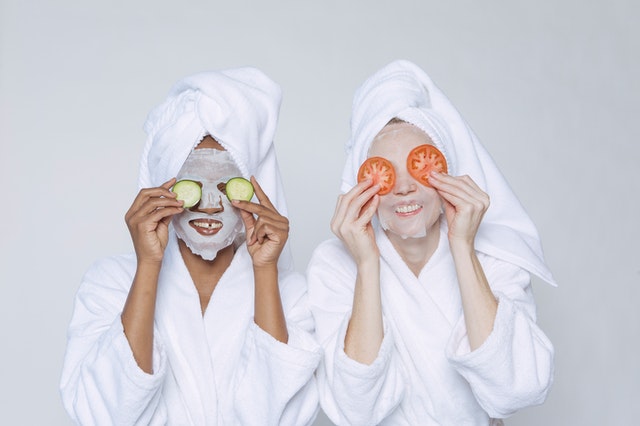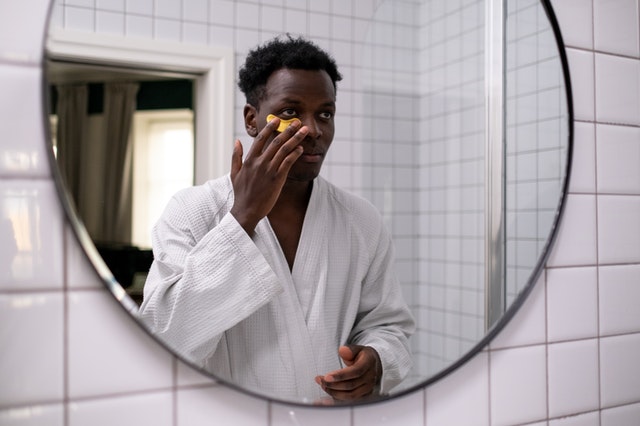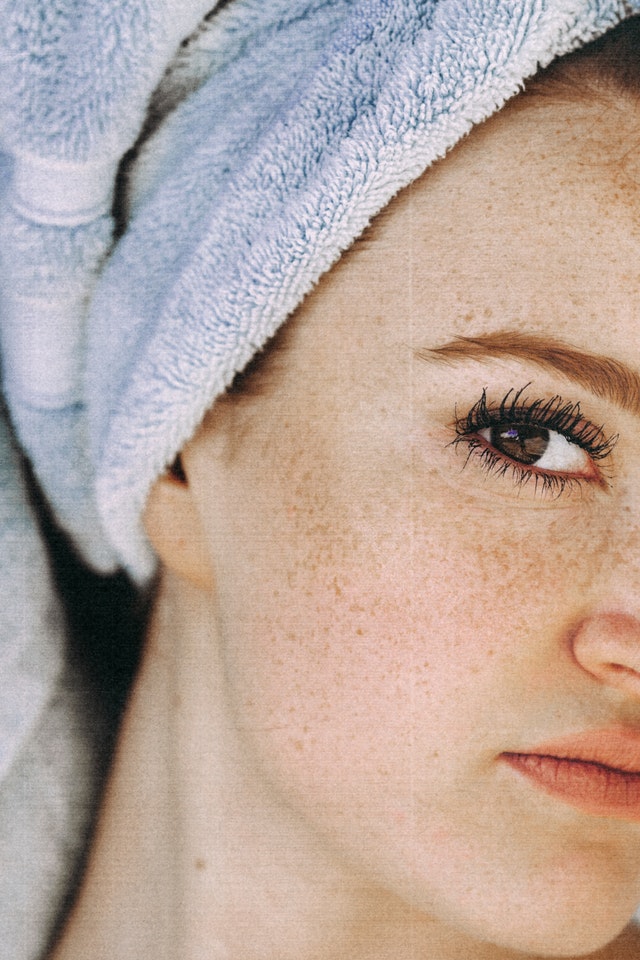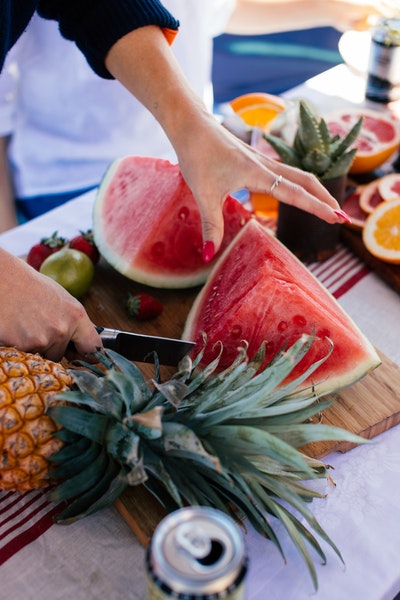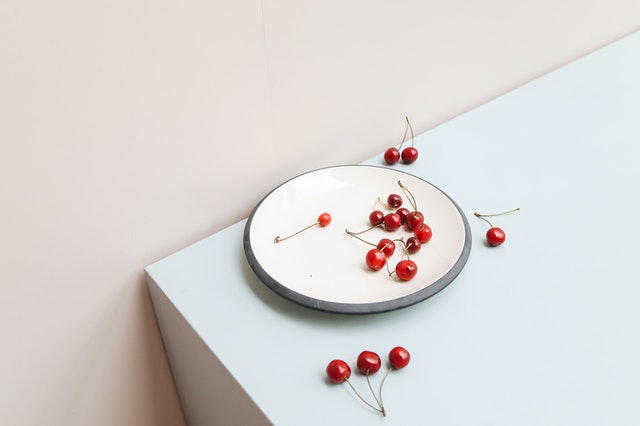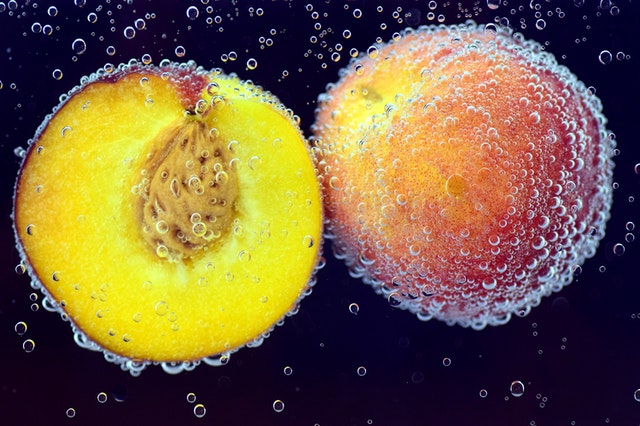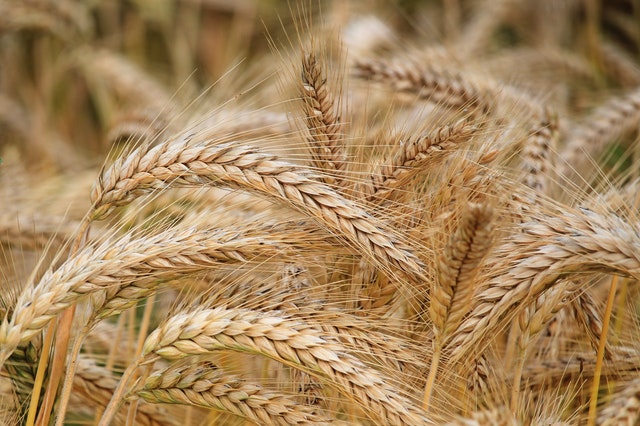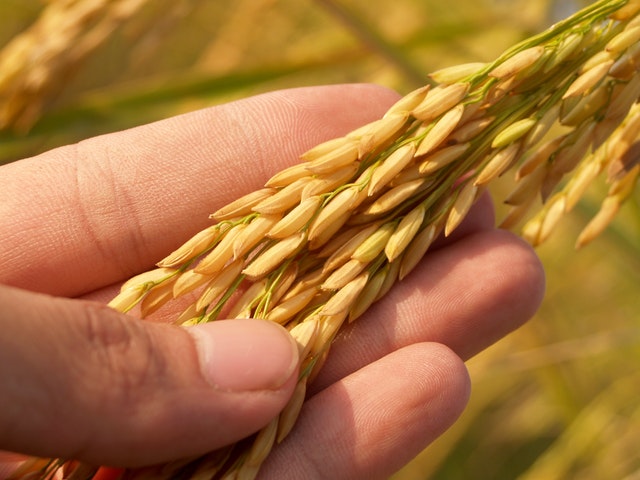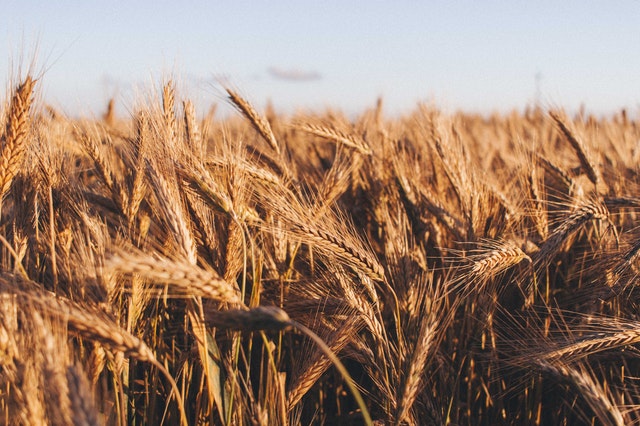Pajamas. The comfortable apparel people wear to relax and sleep is a staple in many households. Many children wash up after dinner and partake in a nightly routine that includes changing into a colorful sleepwear set. Even many adults still wear complete pajama sets to settle into bed.
While pajamas are a clothing staple, people don't tend to give much thought to when the items are laundered. Some people have strict rules: PJs must be washed after every use. However, others take a more laid-back approach with a simple smell test.
Who is right? How often do pajamas need to go in the wash? For such a simple question, the answers are varied. The answer likely comes down to hygiene and personal preference.
Expert Opinions

According to the American Cleaning Institute, pajamas do not require regular washing. When sleeping, you are less active, less likely to sweat, and unlikely to experience any spills or stains. The ACI suggests washing every three to four wears. Good Housekeeping is a little more lenient than ACI, suggesting one wash per week is sufficient.
However, Martha Stewart, America's domestic guru, recommends washing after wearing bedwear once. For many Americans, daily washing of pajamas seems extreme; according to a Twitter poll, 46% of participants wash their PJs once per week.
Based on the wide range of opinions, it appears there is no "right" way to wash your pajamas. Essentially. How often you launder your nightwear comes down to personal preference and hygiene.
[insert page='Offer' display='content']
Necessary Washing

Do you get a shower before bed? Do you sweat while you sleep? What material is your sleepwear? All of these questions contribute to identifying a perfect washing routine for your pajamas.
The body produces oils and sheds skin throughout the day and evening. If you take a shower in the morning like most people, the debris, oil, and dead skin from the day can transfer to your PJs while you sleep, which means you might want to wash them more often.
You cannot forget about bacteria. Bodies also collect a fair share of germs throughout the day, and some of these bacteria can survive on clothing, including pajamas.
You can wash your PJs less frequently if you shower at night before getting into your nightwear. Additionally, if your pajamas are made from wool or other materials that resist moisture, you can probably adhere to the once-a-week washing rule.
However, do you get night sweats? For people who frequently sweat while they sleep, you might want to take the Martha Stewart approach for washing pajamas.
Finally, it is important to note that smell is not always an indicator of cleanliness. While a pair of PJs might smell fresh, they can still have dead skin cells, bacteria, or other debris lingering in the fabric.
Clean PJs and Sleep

While the wash frequency might be a personal preference, keep in mind that clean pajamas can improve your sleep. Think about how comforting it is to lay down on fresh, clean bed linens; the same applies to clean pajamas.
While experts might not agree on how often you should wash your nightwear, it seems like all agree you shouldn't go longer than a week. How often do you wash your PJs? Leave a comment.

